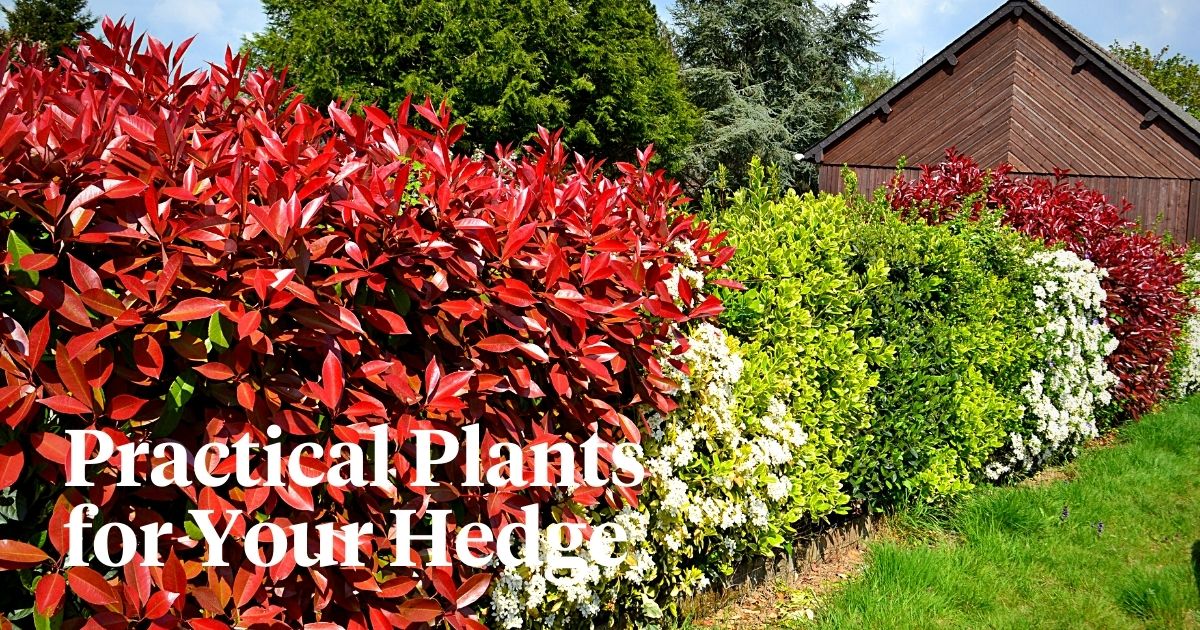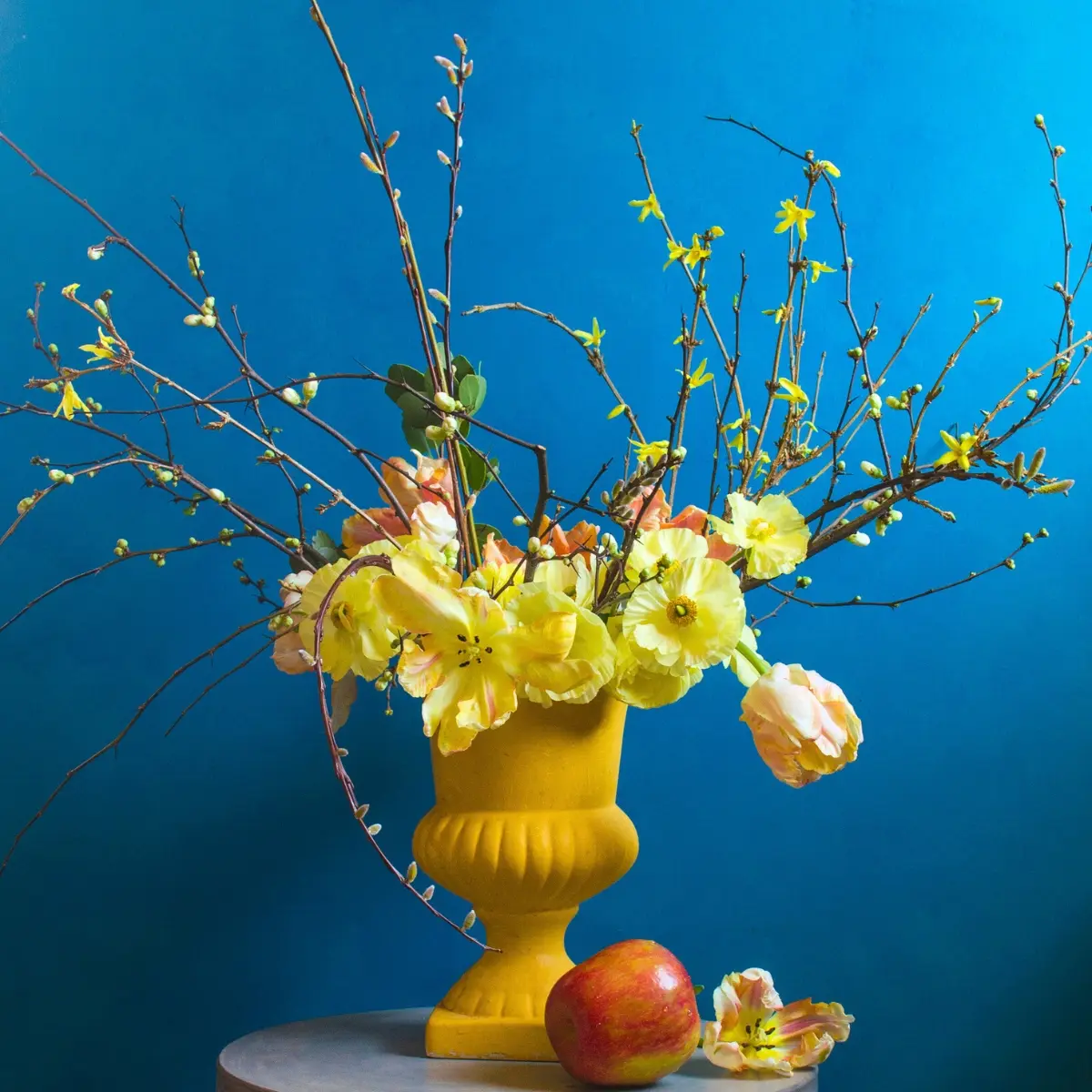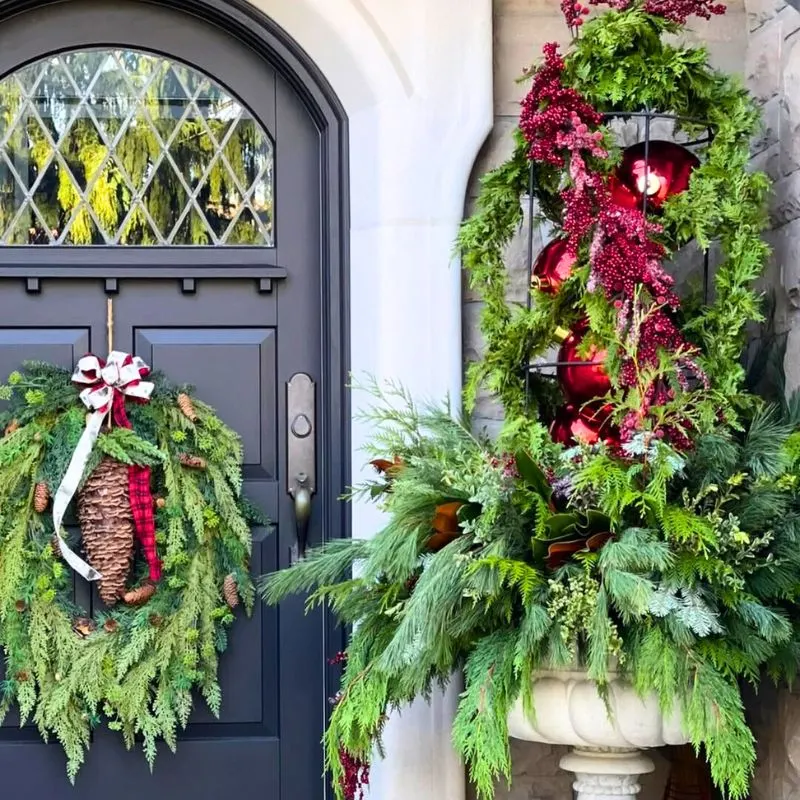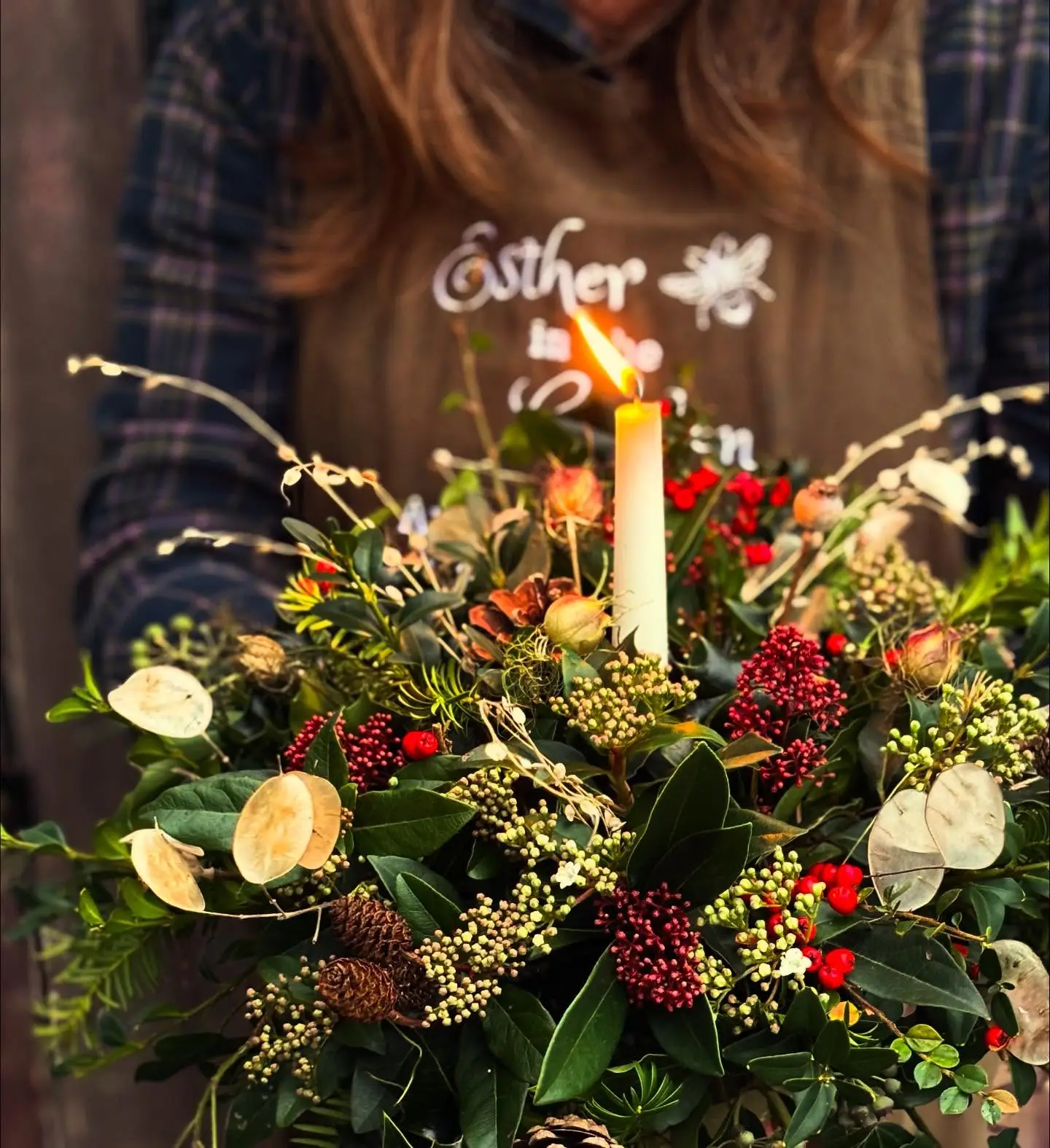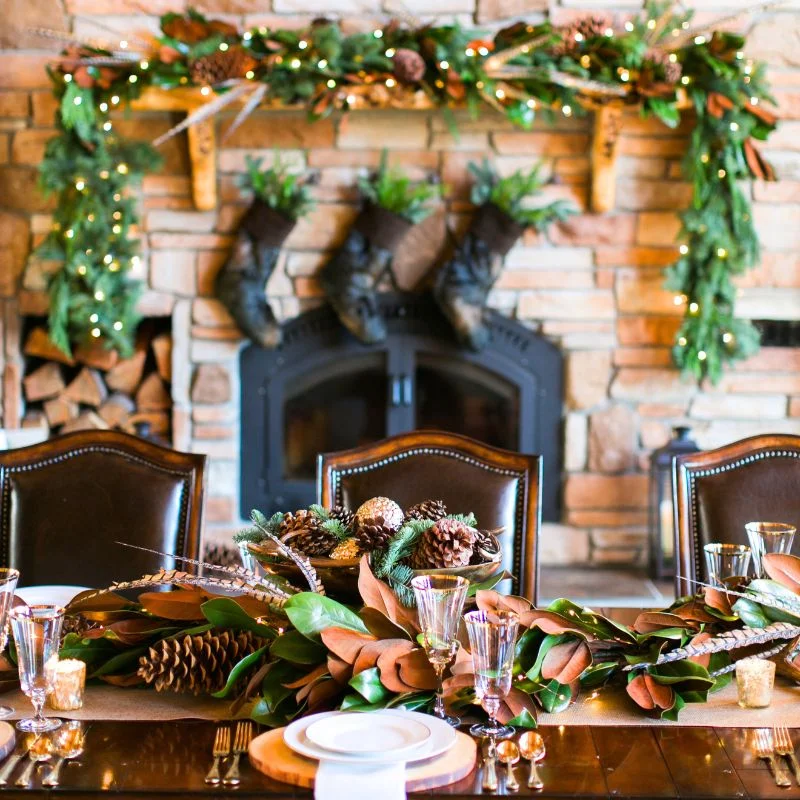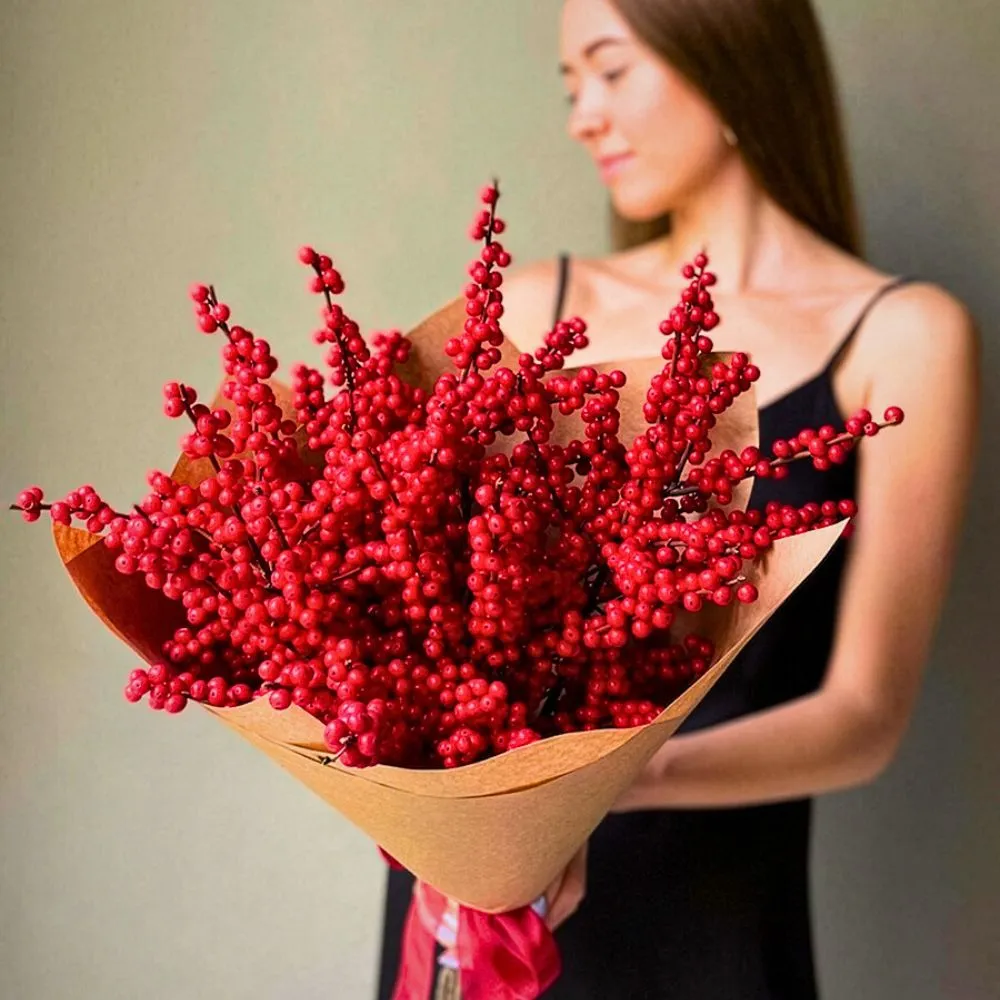Landscaping is an art that transforms your home's exterior into a place of not just beauty but also tranquility. The practice enhances the aesthetics of the home’s outdoor spaces and gives it an aura of serenity.
Among the most versatile elements that one can incorporate into their landscaping designs and ideas is the hedging plant. Hedges not only provide privacy and definition but also add a dash of aesthetic appeal that elevates the ambiance of your property.
The Benefits of Hedge Plants
Hedge plants are greenery and shrubs commonly used to create hedges or living fences. These plants are selected for their ability to grow densely and be easily pruned or trimmed into a desired shape and height.
A wide variety of shrubberies can be used as hedge plants, including evergreen and deciduous shrubs, small trees, and even some herbaceous perennials.
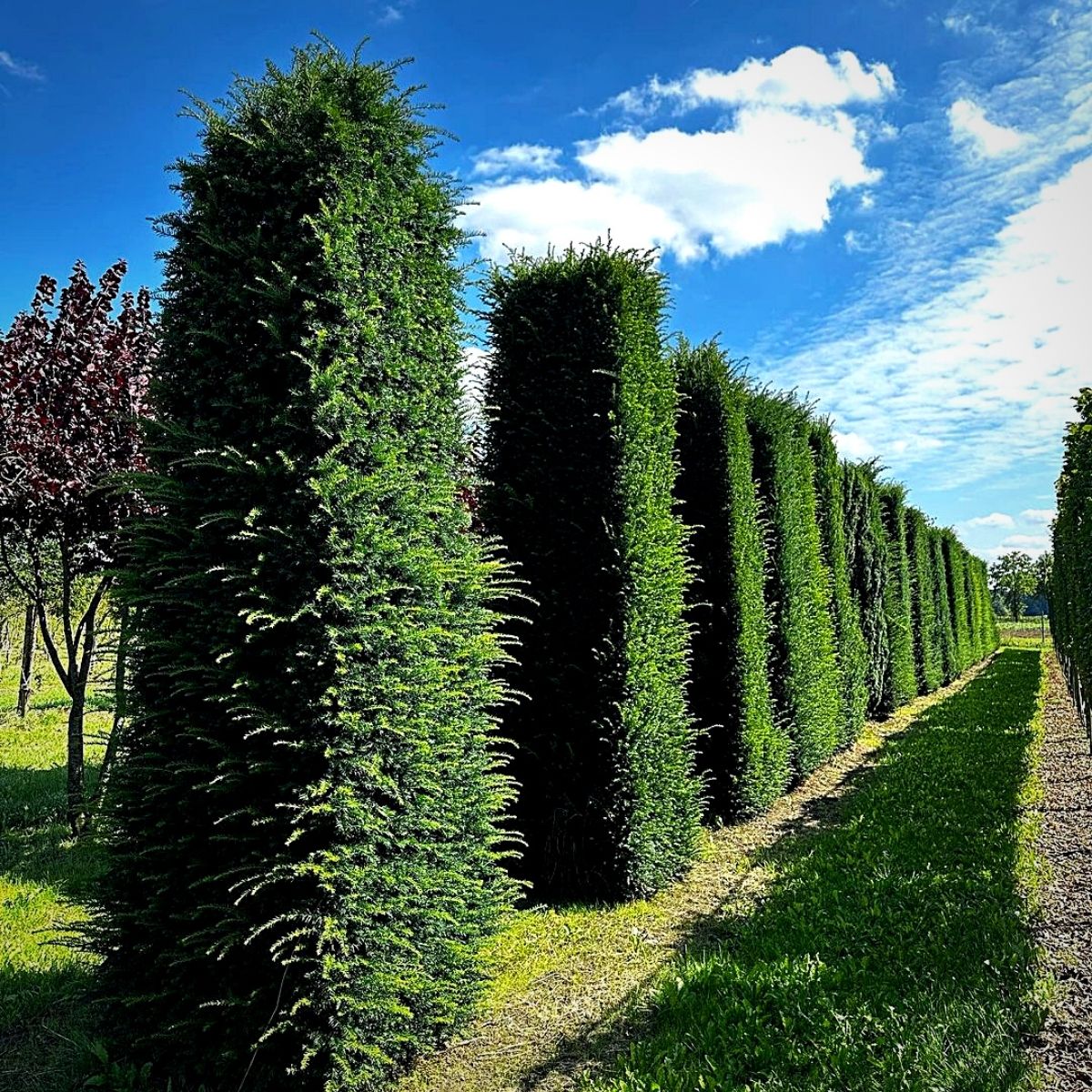
Each variety is often chosen for its specific characteristics, such as growth habit, foliage density, response to pruning, and overall aesthetic appeal. The plants can be shaped into formal hedges with straight lines and precise trimming or left untrimmed for a more natural and casual look.
The purposes of hedge plants include the provision of privacy and security as they act as natural barriers, creating secluded spaces that shield one’s property from prying eyes and external noise. They also offer a sense of security, making the home more comfortable.
Hedge plants are also ideal for aesthetic appeal. They contribute to the visual aesthetics of the property since they can be sculpted into various shapes and sizes, allowing one to customize their landscape according to their own taste and architectural style.
In addition, these plants act as windbreaks and microclimate controls. Purposefully placed hedge plants can serve as windbreakers, protecting the garden and outdoor living areas from strong winds. Moreover, they create microclimates by reducing temperature extremes and hence enhance plant growth.
Further to these, hedge plants are a wildlife habitat as they attract birds, butterflies, and beneficial insects. This fosters a miniature ecosystem in your backyard. It adds a touch of nature's charm right outside your door.
Hedges also help in erosion control. Their dense root systems help prevent soil erosion by stabilizing the ground and minimizing water runoff.
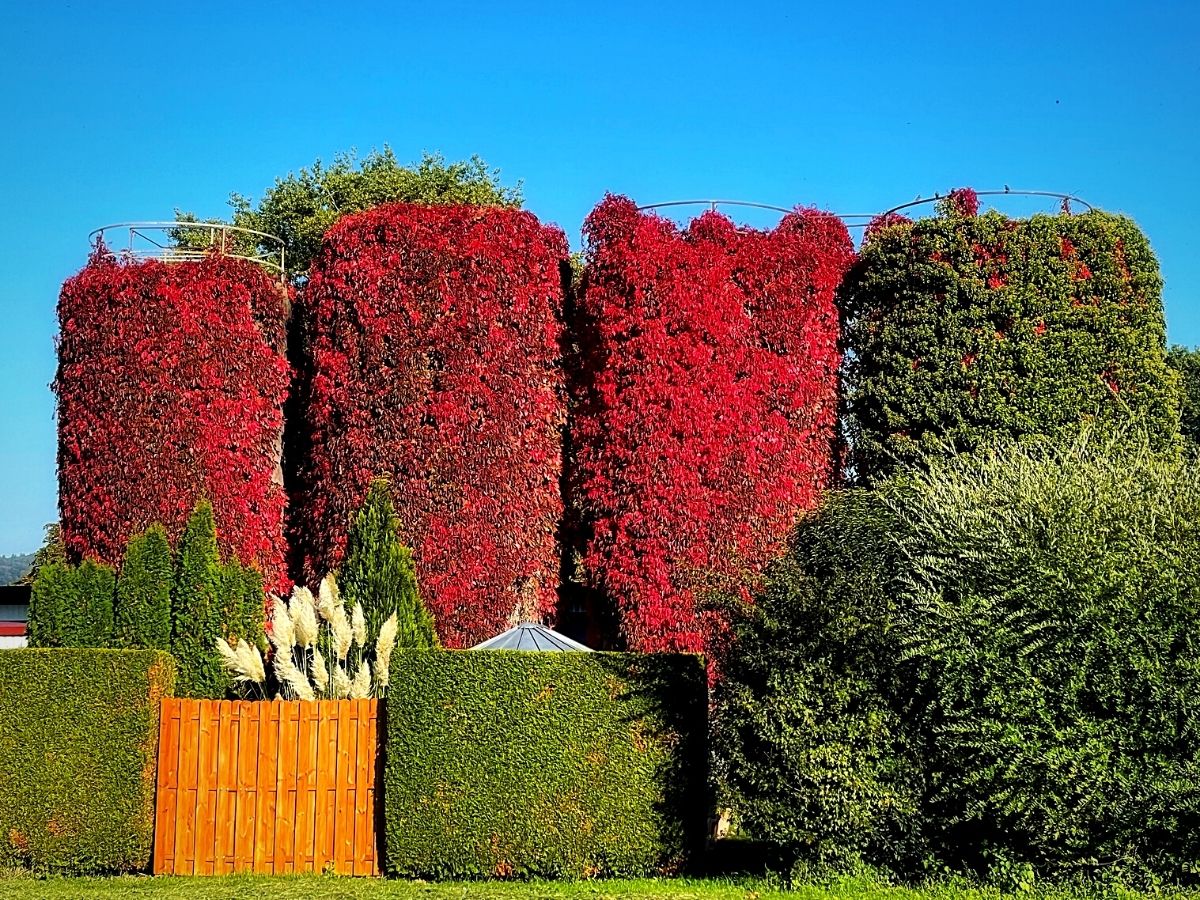
They, at the same time, reduce noise pollution by acting as a natural sound barrier and effectively lessening noise pollution from neighboring streets or urban surroundings.
A well-maintained hedge can also significantly increase a property's curb appeal and overall value, making it a smart investment in the long run.
Ten Popular Hedge Plant Ideas for Your Home
There are many varieties of hedge plants that one can invest in. However, here are ten popular options that can both add elegance and functionality to your landscape:
Boxwood (Buxus Sempervirens)
Boxwood is a classic choice, known for its dense evergreen foliage and versatility. It is a multipurpose evergreen shrub with small, dense leaves and comes in various cultivars, offering different sizes, leaf shapes, and growth habits.
Boxwood is a popular choice for hedges due to its compact growth, ability to tolerate pruning, and year-round green foliage. It can be easily shaped into formal hedges or trimmed into topiaries to provide a classic and elegant look to any landscape.
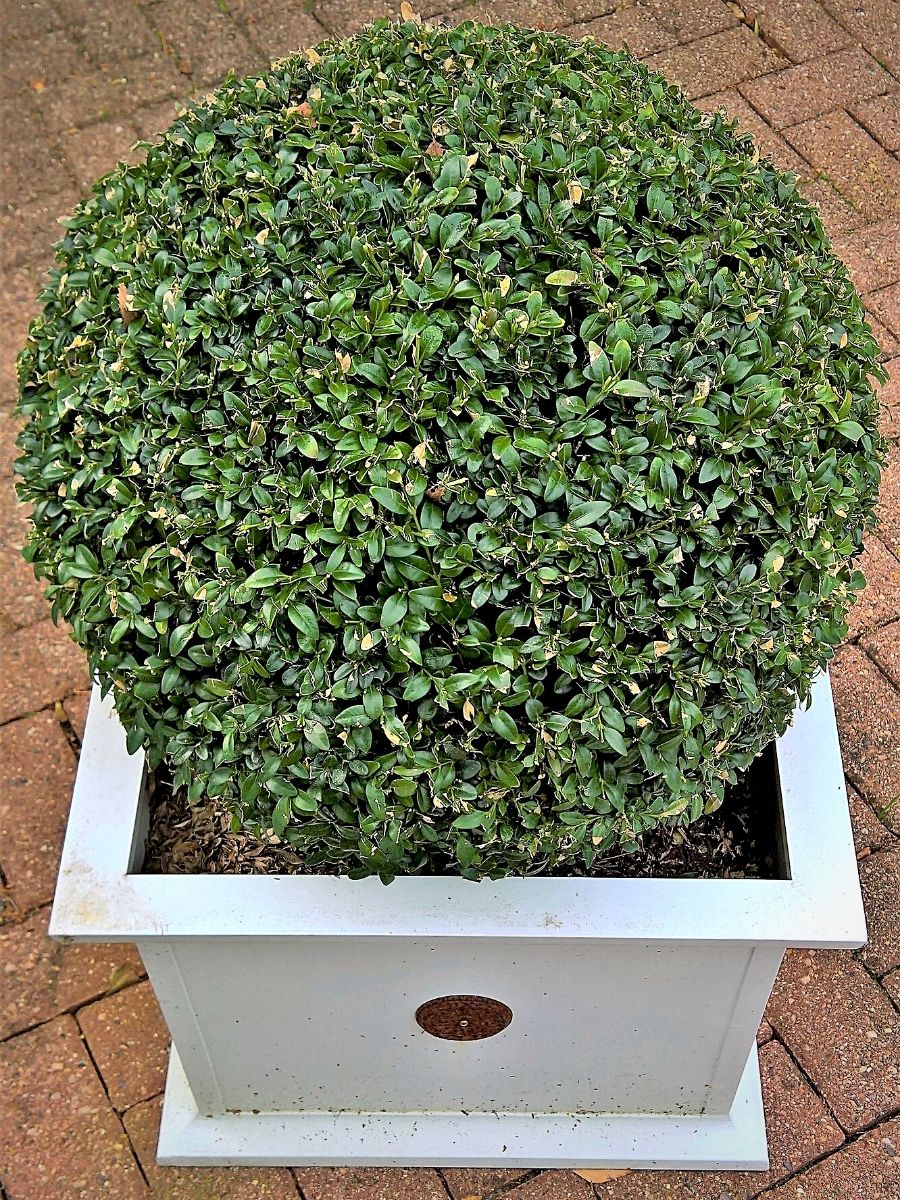
Leyland Cypress (x Cupressocyparis Leylandii)
Leyland cypress is a popular choice for tall hedges and windbreaks. Its rapid growth rate and tall stature provide quick privacy and coverage. This variety is a hybrid tree resulting from the Monterey Cypress and Alaska Cedar cross. It has feathery, soft foliage and a conical shape.
The plant is a popular choice for fast-growing hedges, especially when a tall and dense barrier is desired. It provides exceptional privacy and wind protection. However, it requires regular pruning and maintenance to control its size and prevent overgrowth.
Privet (Ligustrum)
Privet hedges are fast-growing and hardy, making them ideal for creating dense screens. They come in various varieties, each with its unique leaf color and size.
This deciduous or evergreen shrub with glossy leaves has several species, including the common privet (Ligustrum vulgare) and the Japanese privet (Ligustrum japonicum).
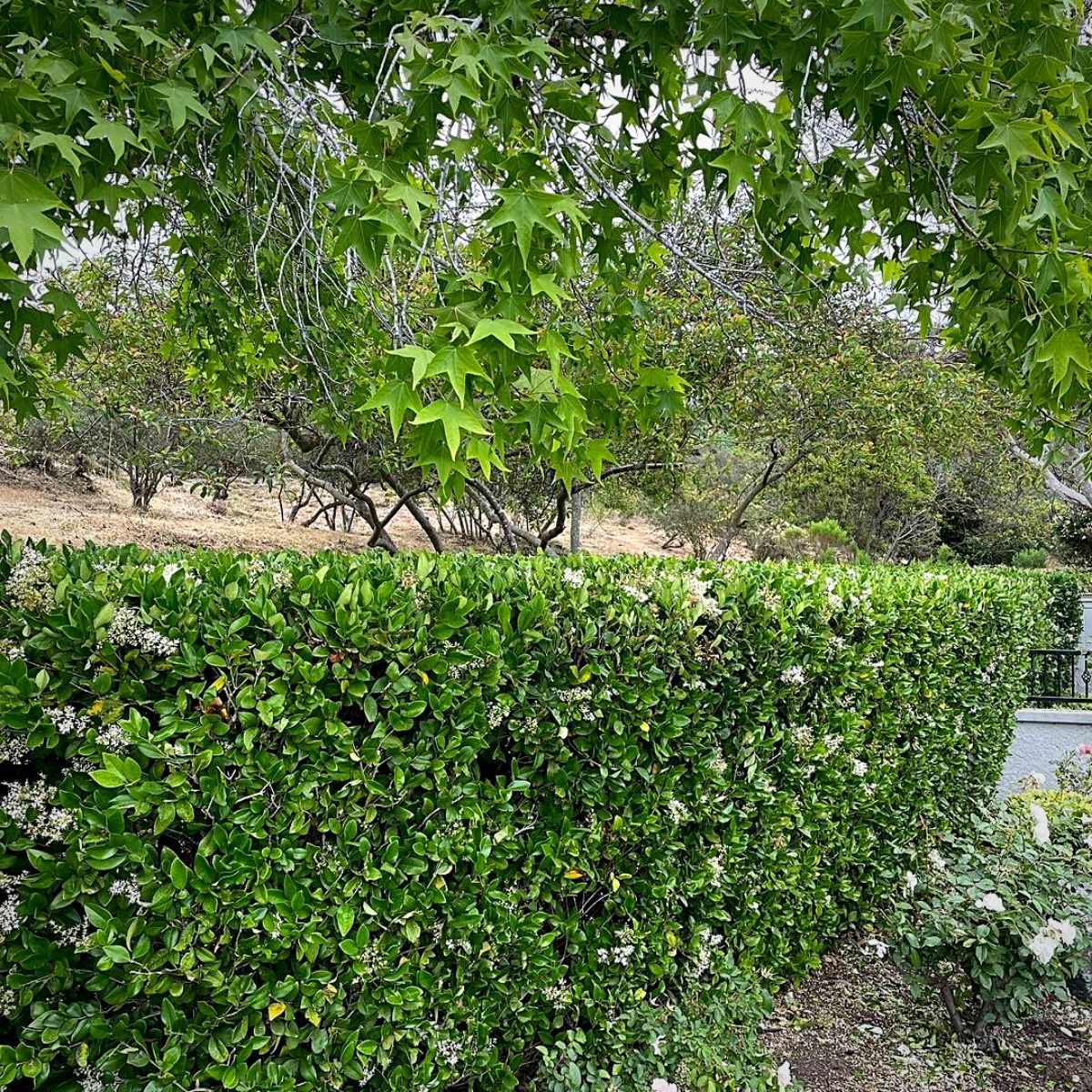
Privet hedges are largely preferred for their quick growth and ability to form dense barriers. They can be pruned into various shapes and sizes, making them suitable for both formal and informal hedges. The hedge plant provides privacy and can tolerate a wide range of soil conditions.
Holly (Ilex)
Holly is an evergreen shrub or small tree known for its glossy, spiny leaves and red berries on female plants. Its popular species include American holly (Ilex opaca) and English holly (Ilex aquifolium).
Holly hedges offer year-round interest with their vibrant green foliage and the decorative berries that they produce. They provide privacy and attract birds with their berries while adding a splash of color to a landscape design.
The plant can be pruned into formal shapes or allowed to grow naturally, and it thrives in well-drained soil and partial shade.
Rose of Sharon (Hibiscus Syriacus)
Hibiscus syriacus is a hedge plant that is deciduous and flowering. The shrub is native to Asia and belongs to the family Malvaceae. It is widely cultivated for its showy and attractive flowers. The rose of Sharon’s attractive flowers add a touch of elegance to a landscape.
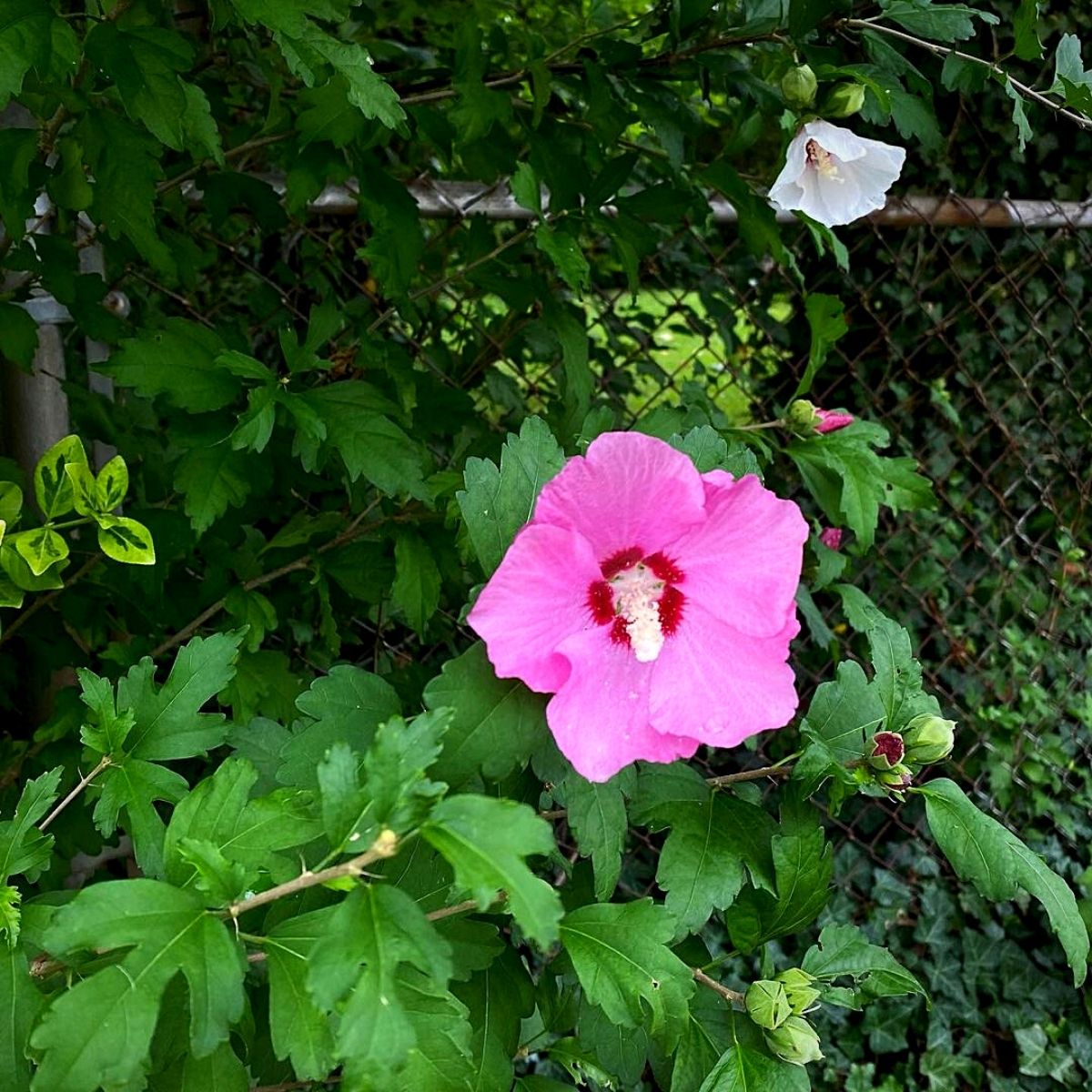
It is a popular choice for landscaping due to its ornamental value and can be used as a focal point in the garden or as a hedge or screening plant. The flowers attract butterflies and hummingbirds, adding to the garden's wildlife appeal.
The long blooming period also provides a splash of color when many other plants have completed flowering.
Yew (Taxus)
This is an evergreen or deciduous conifer with dark green needle-like leaves and red berries on female plants. Yews offer a more textured look with their needle-like leaves. They are a slow-growing option that can be shaped meticulously.
There are different species of this plant including the English yew (Taxus baccata) and Japanese yew (Taxus cuspidata) which can be shaped into formal hedges or left to grow naturally, depending on the desired look.
Yew hedges are known for their longevity and tolerance to pruning. The hedge plants are adaptable to different soil conditions and provide year-round greenery along with their attractive berries.
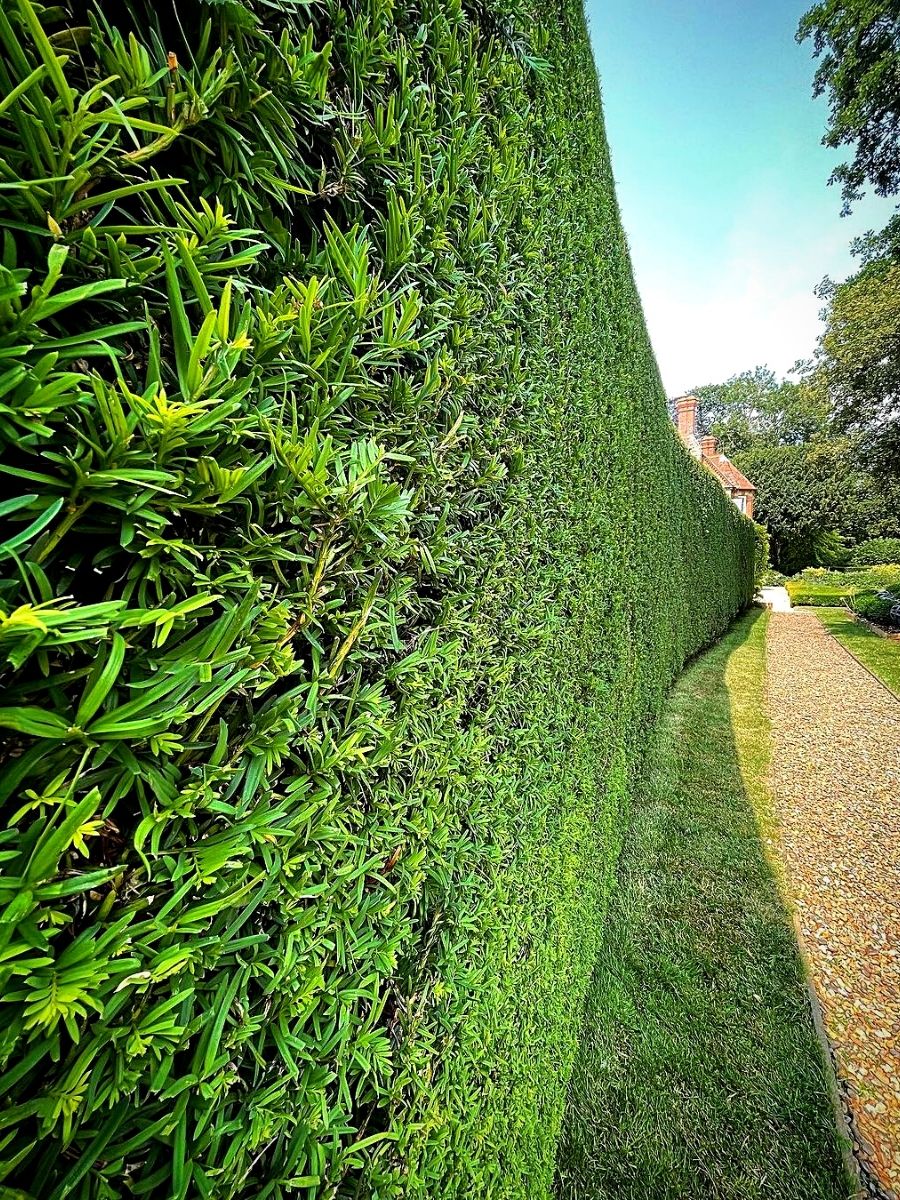
Forsythia (Forsythia Intermedia)
Forsythia intermedia, commonly known as border forsythia or golden bells, is a deciduous flowering shrub that belongs to the Oleaceae family. It is a hybrid of two other forsythia species, Forsythia suspensa and Forsythia viridissima. This deciduous choice for a hedge plant dazzles with its bright yellow blooms in early spring, adding color to a boring hedge.
The plant is widely used in gardens and landscapes for its early spring blooms, which provide a bright color to the landscape after the winter months. It can also be planted as a border, or specimen plant where its arching branches create a graceful and attractive display.
Forsythia intermedia is also suitable for erosion control on slopes due to its spreading and vigorous growth habit.
Laurel (Prunus Laurocerasus)
Laurel, or cherry laurel, is an evergreen shrub with large, glossy leaves. Its common varieties include English laurel (Prunus laurocerasus 'Rotundifolia') and Portuguese laurel (Prunus lusitanica).
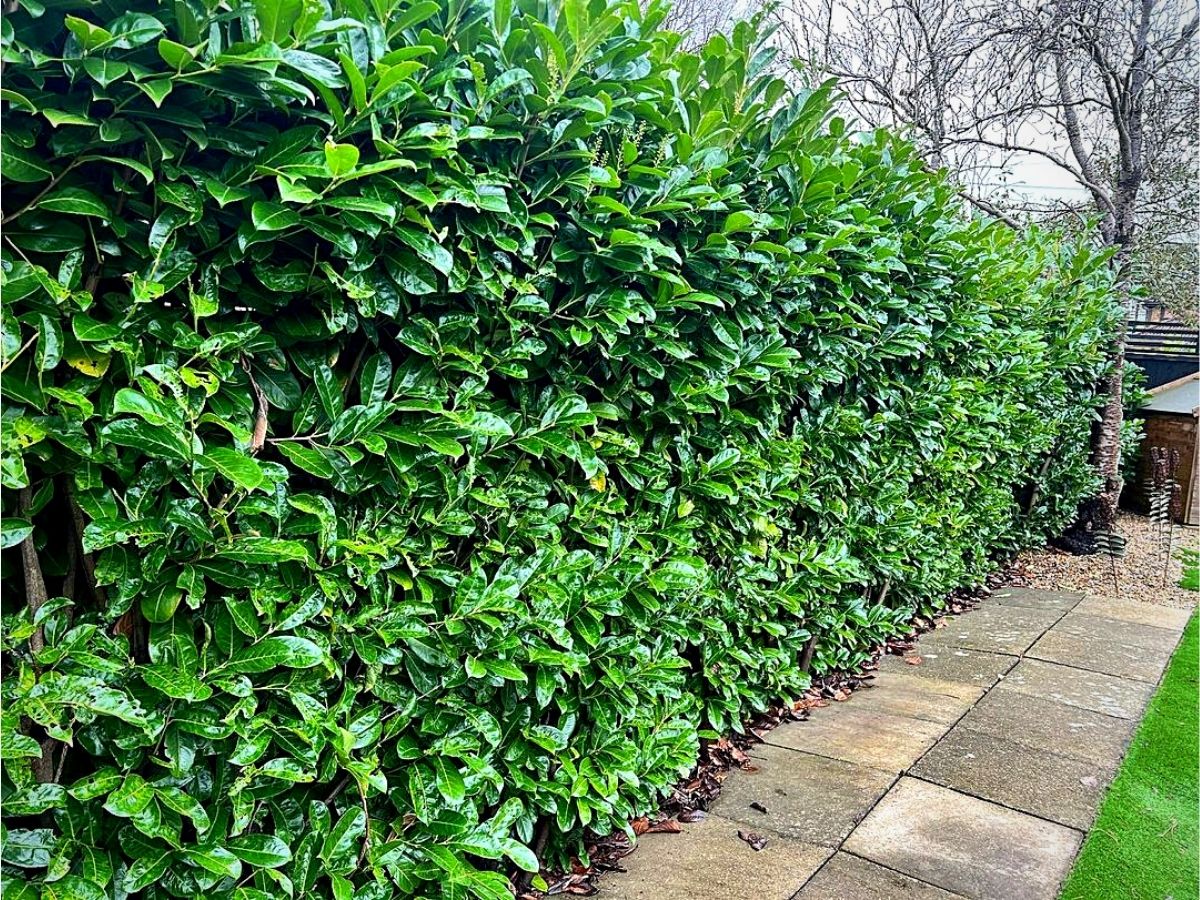
This plant’s hedges are prized for their dense foliage, attractive glossy leaves, and the ability to create a natural privacy screen. They are relatively low-maintenance and can tolerate a range of soil conditions. Not only are Laurel hedges used for their ability to create dense, evergreen screens or boundaries in the landscape, but they also provide privacy, and noise reduction, and act as windbreaks.
Laurel hedges are often used to define property lines, create formal garden spaces, or screen unwanted views, while their dark green foliage adds an attractive backdrop to other plants in the garden and provides year-round interest. The hedges can be pruned to maintain a formal appearance or left to grow more informally.
Escallonia
This is an evergreen shrub with small, glossy leaves and colorful, fragrant flower clusters. Its varieties include Escallonia rubra, Escallonia 'Pink Elle,' and Escallonia 'Iveyi.'
Its hedges are valued for their vibrant flowers, which can be pink, red, or white depending on the variety, which attracts pollinators and is a colorful addition to the landscape.
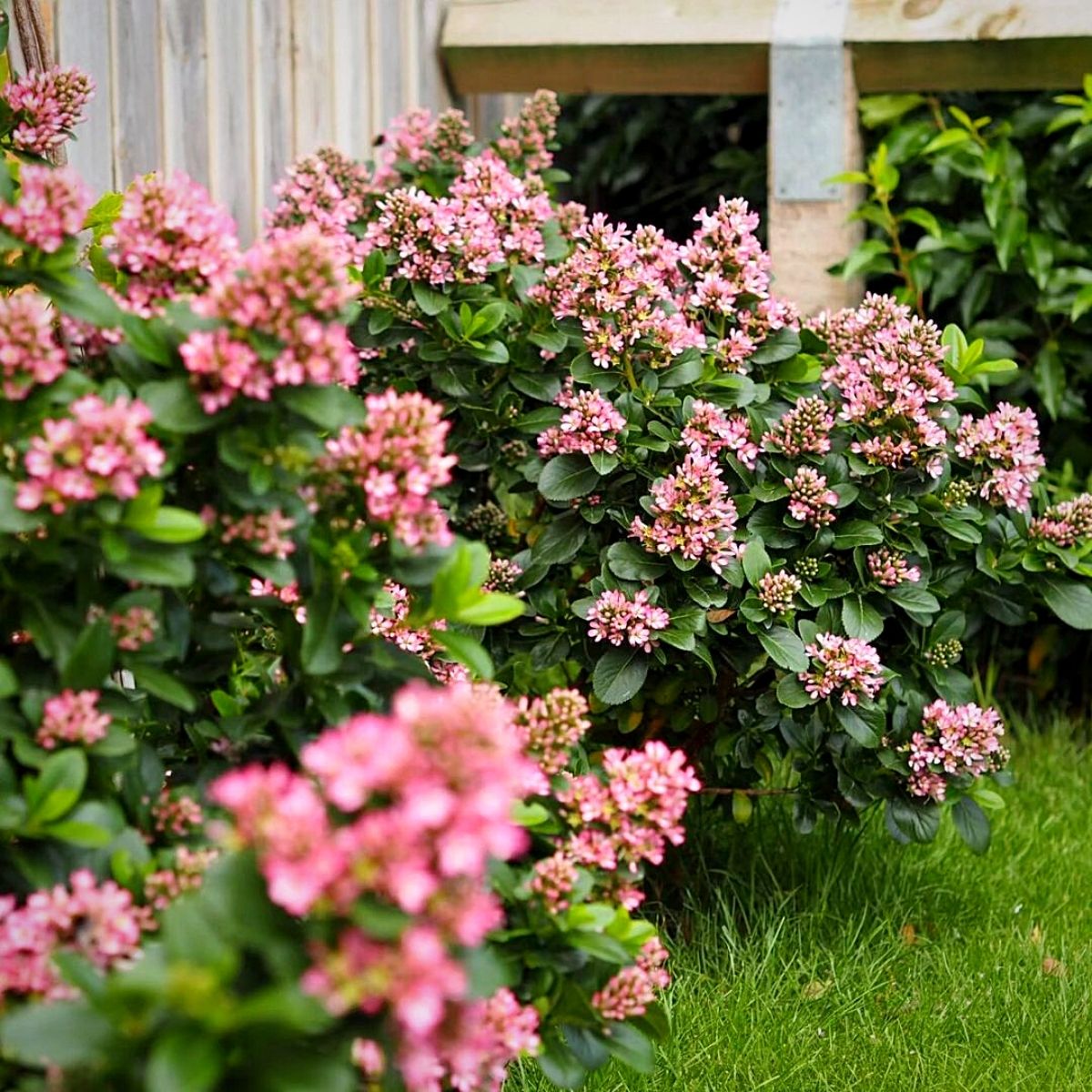
Escallonia hedges are commonly used for creating privacy screens, windbreaks, or decorative boundaries as their dense growth habit and evergreen foliage provide year-round coverage and act as a visual barrier.
The shrubs can be planted in a row to form a formal hedge or as individual specimens for a more informal look, with their colorful flowers adding pops of vibrant color to the landscape and attracting beneficial wildlife. The plant requires regular pruning to maintain its shape and encourage flower production.
Photinia (Photinia x Fraseri)
Photinia is an evergreen shrub with vibrant red or coppery new growth that matures to dark green. It produces clusters of small, white flowers in spring.
Photinia hedges are valued for their colorful foliage and their ability to create a striking visual impact. The vibrant red or bronze new growth provides a beautiful contrast against the mature green leaves.
This plant’s hedges are popular for their ornamental value and ability to create dense screens or boundaries. The striking color of the new growth adds visual interest to the landscape throughout the growing season.
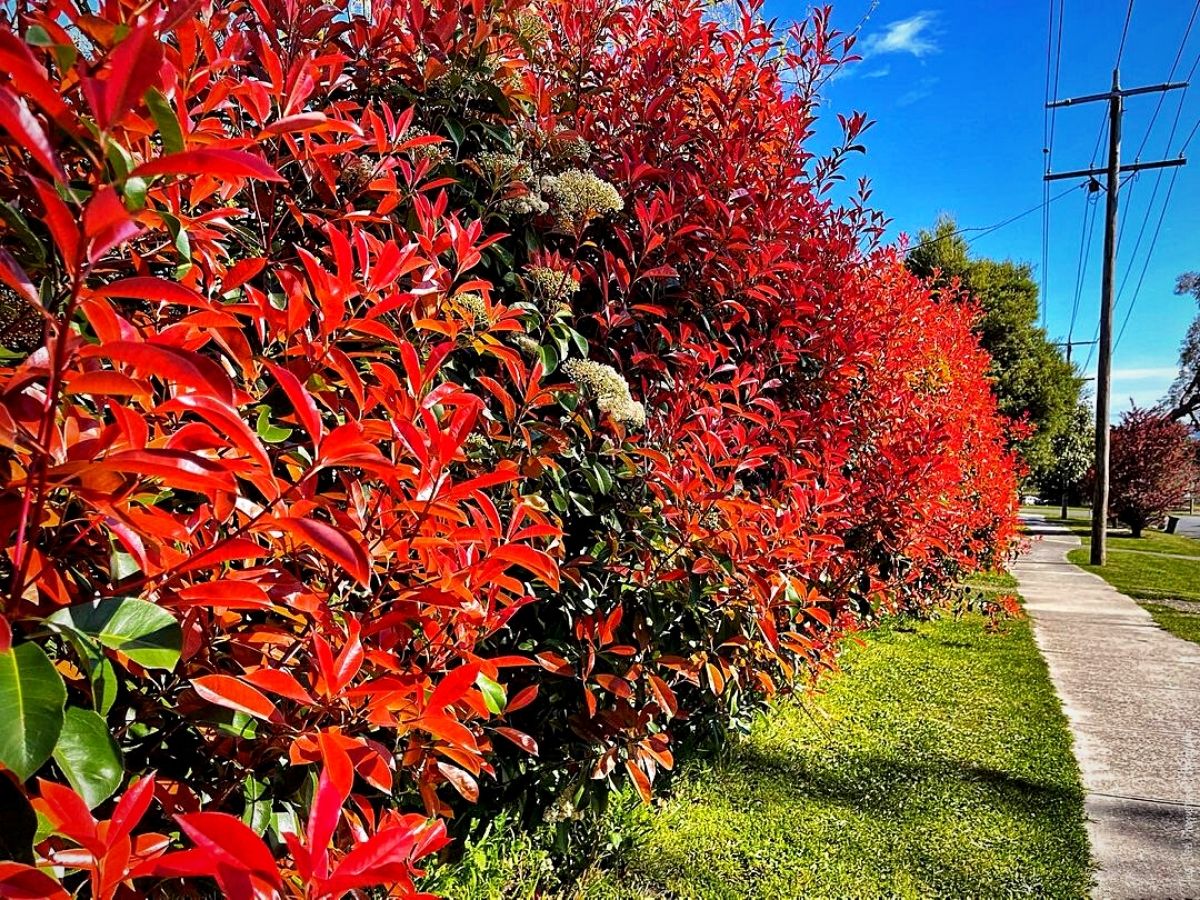
Its hedges can be used to provide privacy, windbreaks, or as decorative features. Photinia can be planted in a row to form a formal hedge or used as individual specimens for a more informal look. Note that the hedge requires regular pruning to maintain density and shape.
Essential Care Steps for Hedge Plants
While hedge plants can be a delightful addition to your home, proper care is essential to ensure their health and vitality. To plant, grow, and maintain a thriving hedge, there are basic guidelines that one needs to have in mind.
To start, choose a planting location that receives adequate sunlight for the specific hedge plant you've chosen. Consider factors like soil drainage and space requirements. Then prepare the soil by incorporating organic matter. When planting, space your hedge plants according to their mature width, ensuring they have room to grow without crowding.
Provide the plant with consistent and deep watering, especially during its establishment phase. Once established, most hedge plants are drought-tolerant, but regular irrigating promotes better growth and health. You also need to apply a layer of mulch around the base of your hedge to retain soil moisture, suppress weeds, and regulate soil temperature.
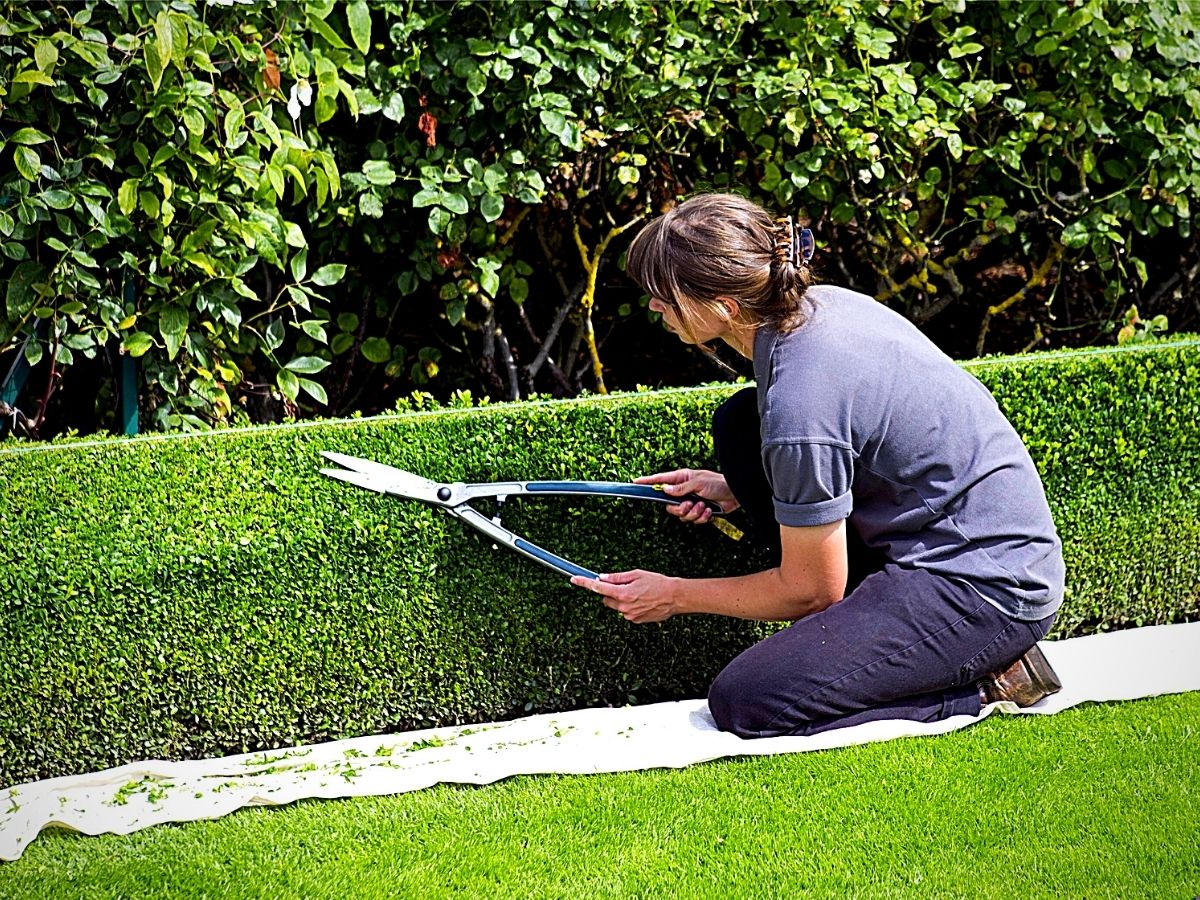
Regular pruning helps maintain the desired shape and density of your hedge and diverse plants have different pruning requirements. So research your chosen species for the best approach.
Hedge plants also need fertilizer and hence you need to feed your plants with a balanced fertilizer regimen during the growing season to ensure healthy growth. Follow the recommended application rates for your specific plants. As you do this, be sure to monitor your hedge for signs of pests or diseases as early intervention can prevent infestations from spreading.
Hedge plants also require a seasonal care routine which you can adjust based on the changing seasons. Some hedges may require winter protection, while others might need specific care during the blooming period.
Similarly, you will need to periodically refresh the mulch layer around your hedge to maintain its effectiveness and appearance and regularly walk along it to identify any issues such as broken branches, uneven growth, or signs of stress. Timely action can prevent problems from intensifying.
When it comes to picking the most suitable hedge plant, note that each of these varieties offers unique characteristics and benefits, allowing you to choose the one that best suits your preferences, climate, and desired hedge style.
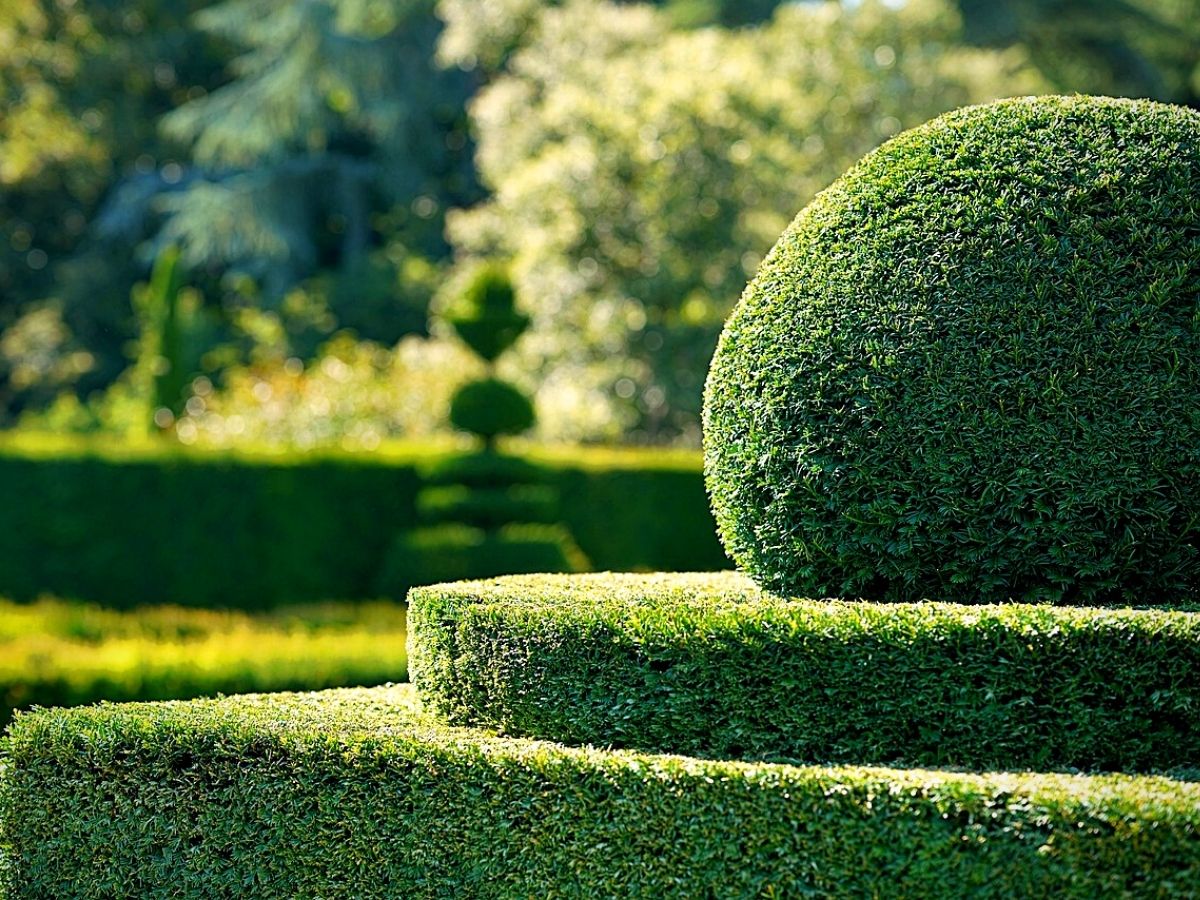
It's also important to consider factors such as growth rate, pruning requirements, and soil conditions when selecting the ideal hedge plant for your home.
Feature image by RonPorter, header image by juliacasado1 on Pixabay

